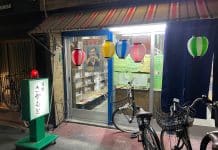Table of Contents
The journey begins…
We had just come back from a trip to Okinawa and were obsessed with “Zebra Pan,” an Okinawan bread. My husband Sam and I were depressed we couldn’t eat it in Kansai so we filled our luggage with bags and bags of it -unfortunately it was gone within a week! Later while teaching an English lesson Sam said he was getting “Zebra Pan” withdrawals and the student replied, “have you tried Washita Shop at Umeda links?” Thus began our epic quest to find Okinawan flavors in Osaka!

Zebra Pan
Let me backtrack a little. You’re probably wondering what the heck “Zebra Pan” is so let me tell you. It’s made by a local Okinawan bread maker called “Okiko.” Birthed in 1980, the bread experts at the factory experimented with a new dough layering technique spreading crunchy peanut cream inside fluffy bread and “kaboom!” Zebra Pan was born! The Okinawan “kokuto” sugar made dark lines in the sandwich (“zebra stripes”) and that’s how it got its name.

The gigantic bread was so thick they didn’t have a machine to cut it so the experts used rulers and sliced each loaf by hand (not necessary nowadays.) The factory head improved on the original recipe to make it softer and bigger and it’s become Okiko’s #1 selling product today. The cute retro package hasn’t changed since 1980 and that’s part of the charm.

How did we find it?
Why do I love Zebra Pan so much? First of all, it’s so huge and dense! I have to split it in half otherwise it’s over 700 calories! It’s a type of Japanese kashipan (sweet bread.) I love kashipan! Ever since i was a kid I ate it from Coop supermarket. My parents both worked so I gobbled it straight from the package. It was so quick!
We first discovered it at Steak House 88 in Okinawa. Sam saw an entire family: father, mother, and two kids wearing a cute zebra T-shirt and became transfixed. “What’s that zebra clothing???” It became an unsolved mystery.
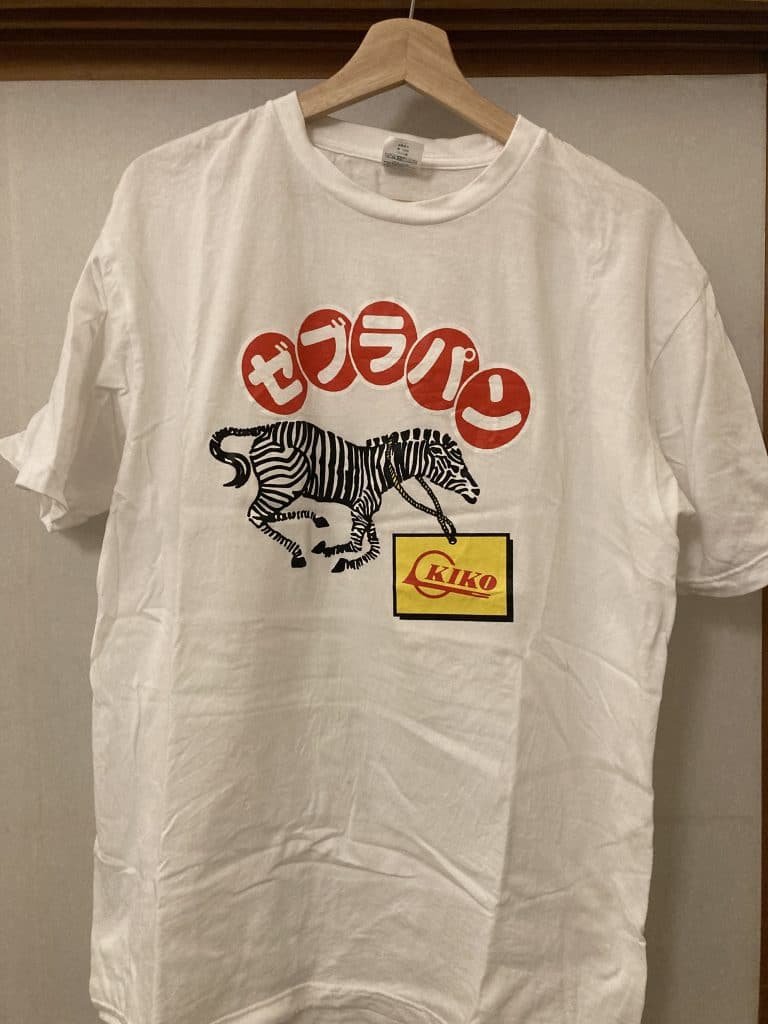
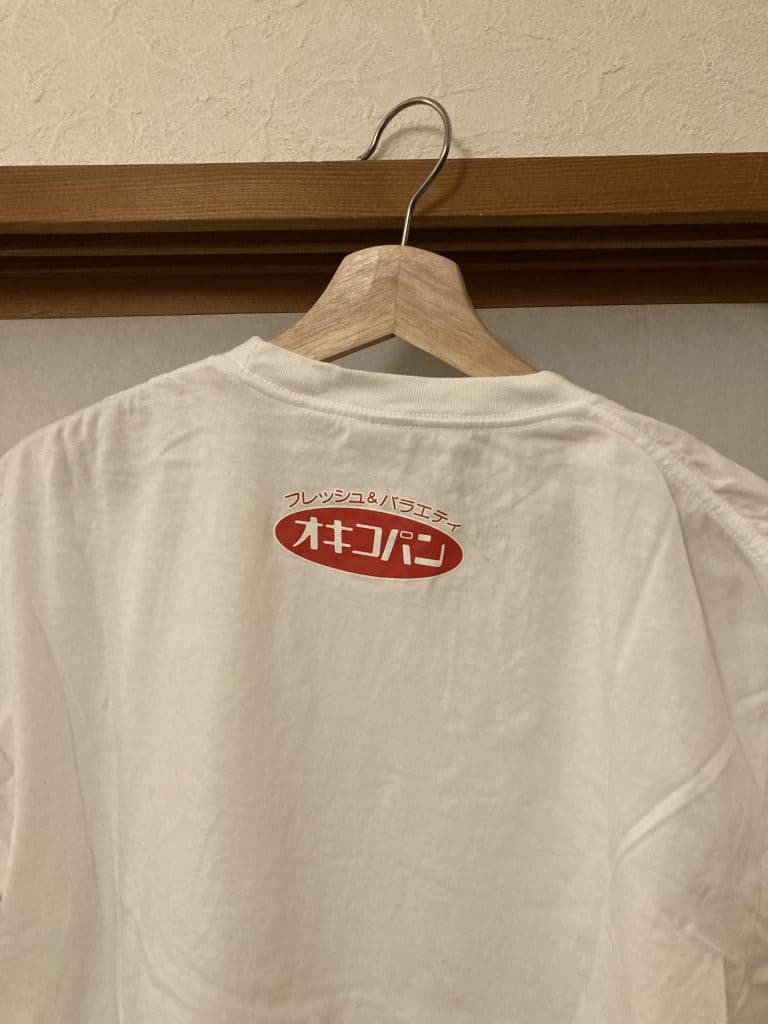
Later in the trip we went to Okinawa’s famous Union supermarket to buy some Okinawan bread you couldn’t get in Kansai, that’s when we saw it!

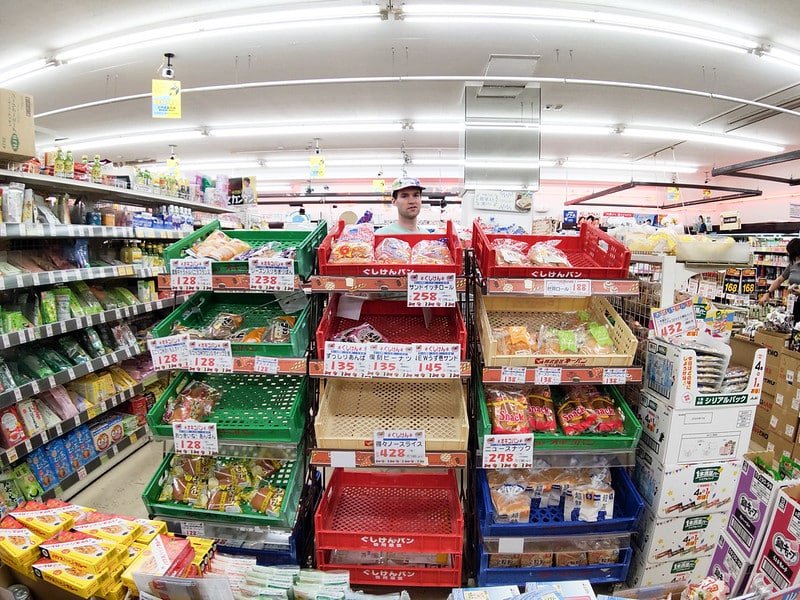
The Zebra T-shirt design on a bread package! The mystery was solved! We had to buy it, we loved the cute zebra. (This is called “jakegai” in Japanese which means buying a CD based on the “jacket” design.) I had no idea it was Okinawa’s most famous bread! Once we brought it back to the hotel we became obsessed. It was the best kashipan we’d ever had! After that Sam had to find the t-shirt, but wasn’t able to in Okinawa. Everyone buys an Orion beer t-shirt souvenir, but Sam wanted something more unique. Luckily he was able to find it in Kansai, but that story comes later.
(I am also looking for the mini Zebra bread keychain that sells at Village Vanguard. But we never found that!)
Washita Shop
So that brings us back to the suitcase stuffed with bread, about 10 kashipans in total of all different varieties. Within a week after the bread was gone Sam got a hot tip, “check out Washita Shop in Umeda Links.” He checked the Google Maps photos and couldn’t believe his eyes, they had Zebra Pan!! We had to go there!

It was a dream come true. The friendly staff informed us they stock it 2 times a week on Wednesday and Saturday. They also have Okinawan brand Gushiken’s Uzumaki Pan as well. The amazing thing is the price was comparable to Okinawa! But Zebra Pan sells out quickly so you have to buy it ASAP. (As they say in Japanese: “hayai mon gachi!” – “first come, first serve”)

The Links Umeda store opened at the end of 2019. It’s hard to find since it’s on the basement level -but once you do you’ll notice it’s big! However, the other Osaka location in Tenshimbashi (opened in 2004) has a BIGGER selection of Okiko bread! (We have to go buy them all!) Not only do they have Zebra Pan but they also have our other favorites like “Super Black” and “Choco Melon.” They stock the bread on Saturdays and they sell out quickly!

Sam was so bummed he couldn’t get his Zebra shirt in Okinawa but then he got a great suggestion! You can get it on the San-a website, a supermarket chain from Okinawa. Now he wears it all the time!
Nagisa’s Kitchen: Spam Musubi

Today’s recipe is inspired by Okinawa: Spam Musubi. When I was living in America, Asian supermarkets sold Spam Musubi and that’s how I discovered it. I didn’t know about it when living in Japan. When I first tried it I fell in love and decided to make it myself. My aunt (who moved to America) used to make it for my cousins for school lunch. It’s easy to make. Here are the ingredients:

Ingredients:
1. 1 can of Spam (or Washita Shop’s “Washita Pork”)
2. Nori (seaweed) – one per musubi.
3. Egg (2)
4. Sesame oil (around 1 tablespoon)
5. Kimchi (From Osaka’s Tsuruhashi which you can also buy at Gyoumu Super)
6. Mayonaise
7. Cooked white rice (from 1 cup of rice)
8. Sugar (2 teapspoons)
I start by taking the Spam and cutting it thinly (4 pieces for the washita pork can), use sesame oil to fry in the fry pan on both sides until it browns. Use a cooking sheet and paper towel to take the extra oil off the fried Spam (or it will be too oily.)

Next you take the cooked rice and make 4 square shaped onigirl (like the picture) and place it in saran wrap.

After this you make the tamagoyaki. You take 2 eggs and use 2 teaspoons of sugar. You make it in the frypan. Once it’s done cut the egg into (4-8) slices in the shape of the square onigiri so you can place it down for now.
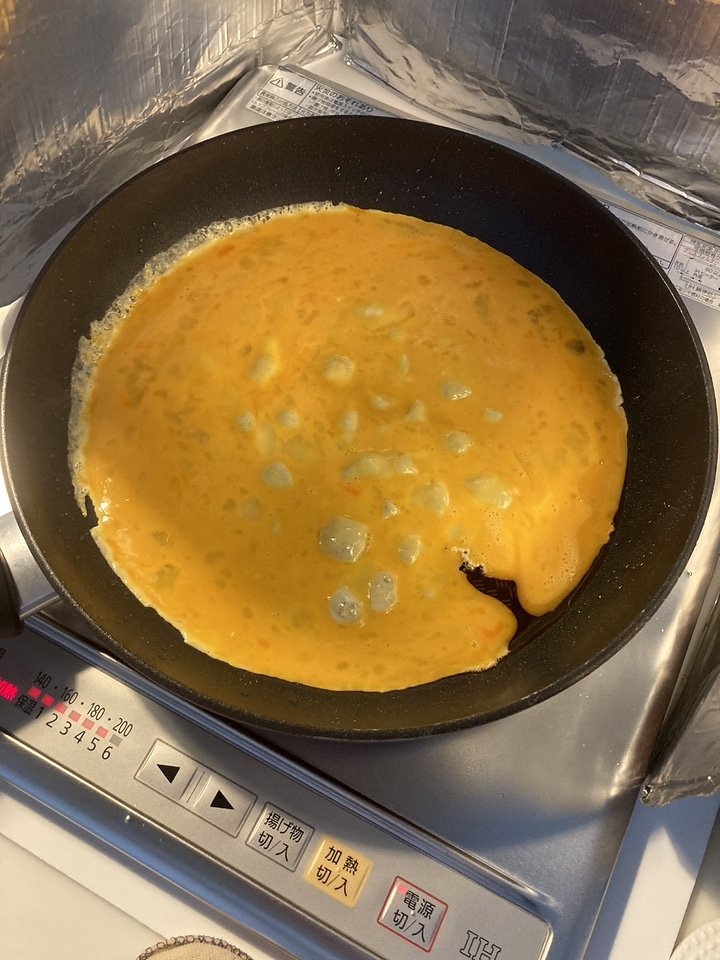
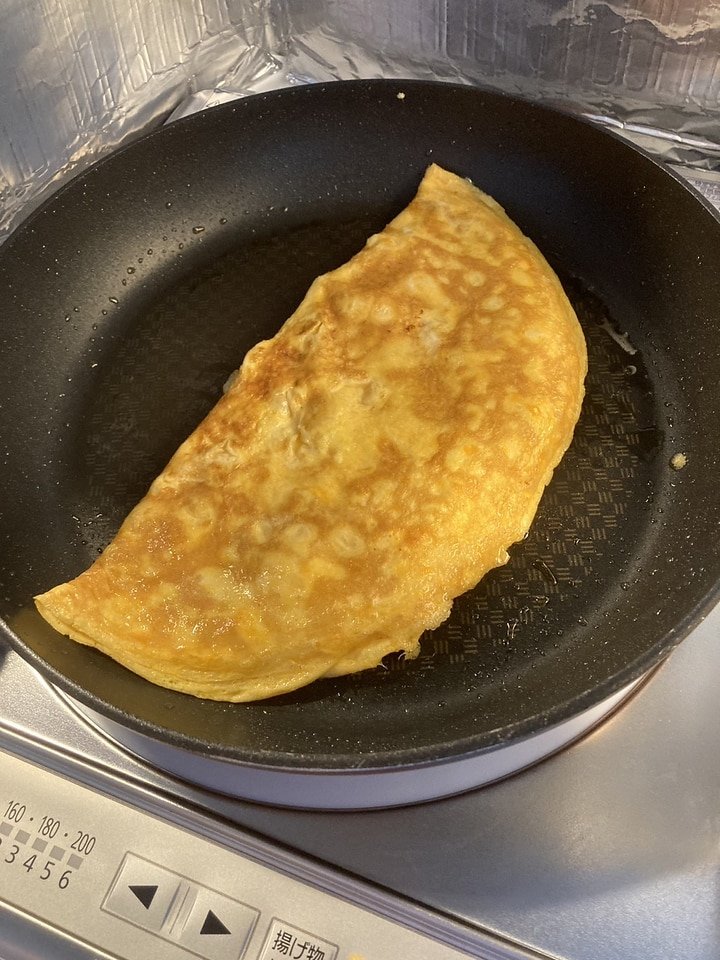
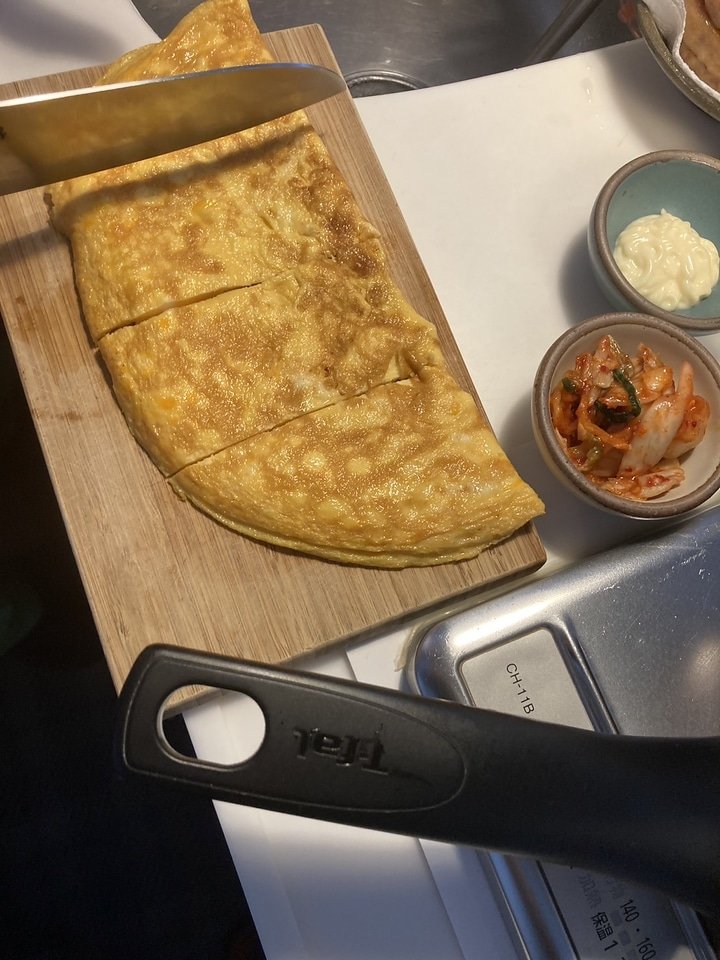
Now take a little kimchi and put it on top of the rice ball. Next you put tamagoyaki slices on top of the kimchi. Next you put a little mayonaise. After this you put on the Spam. Lastly you take 1 slice of nori 1 and wrap the whole thing (dont cut it.) Use the saran wrap to wrap it and so your hands don’t get dirty.
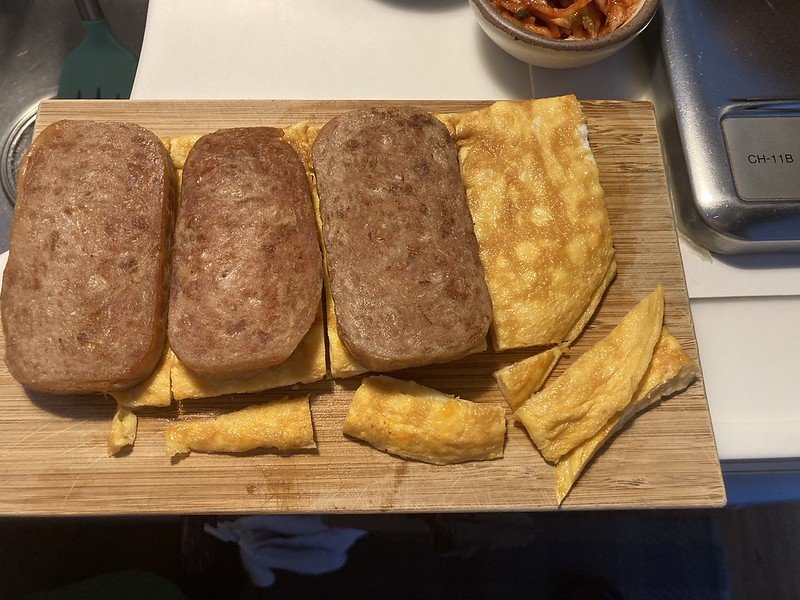

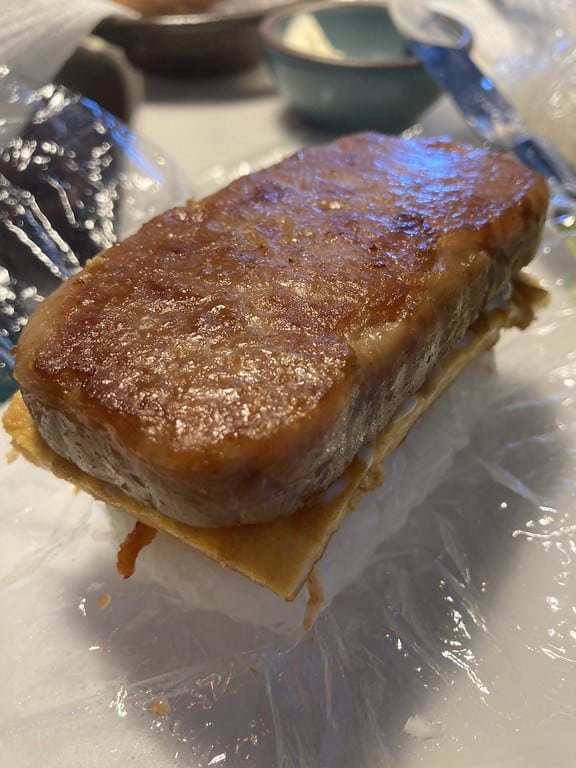
Important points: make sure to put sugar in the tamagoyaki. The sweeteness is key. It goes well with the spiciness of the kimchi. And the mayonaise also brings it all together. Also if you like natto you can throw some in for fun. But be careful it may not hold together. Also when you buy the meat, make sure to use “Washita Pork” from Washita Store it has no additives and is made from Okinawan pork! I also always buy the nori at Gyoumu Super (“ajitsuke”- flavored nori.)
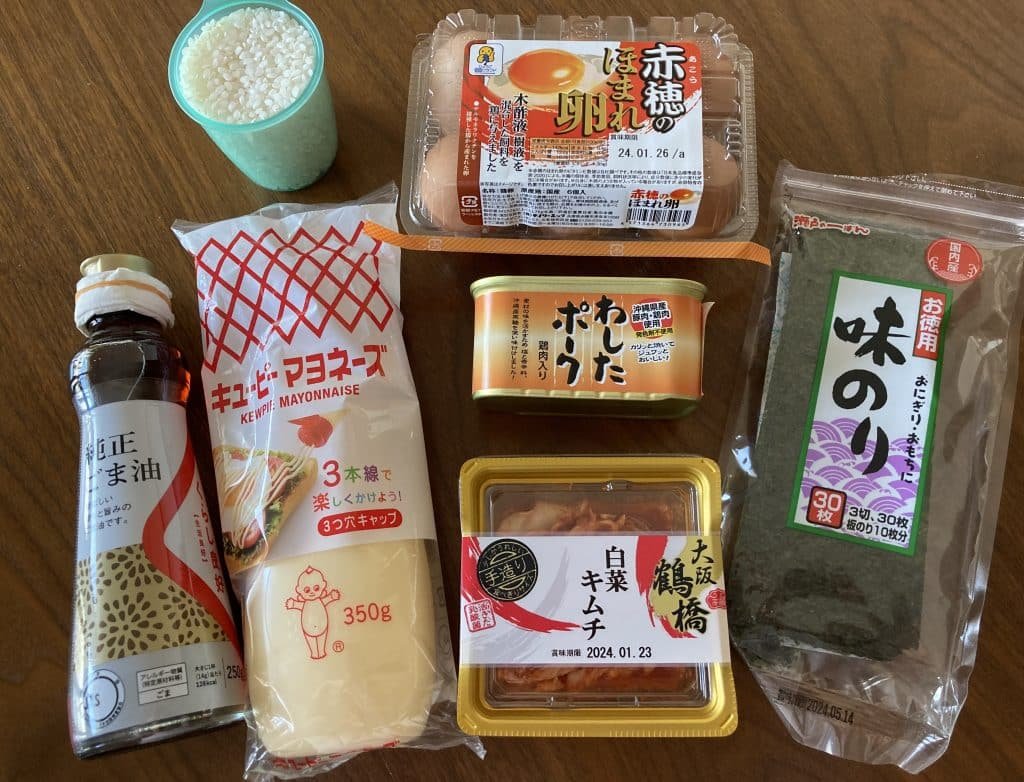
Also French “Spam” from Gyomu Super is reasonably priced and good!
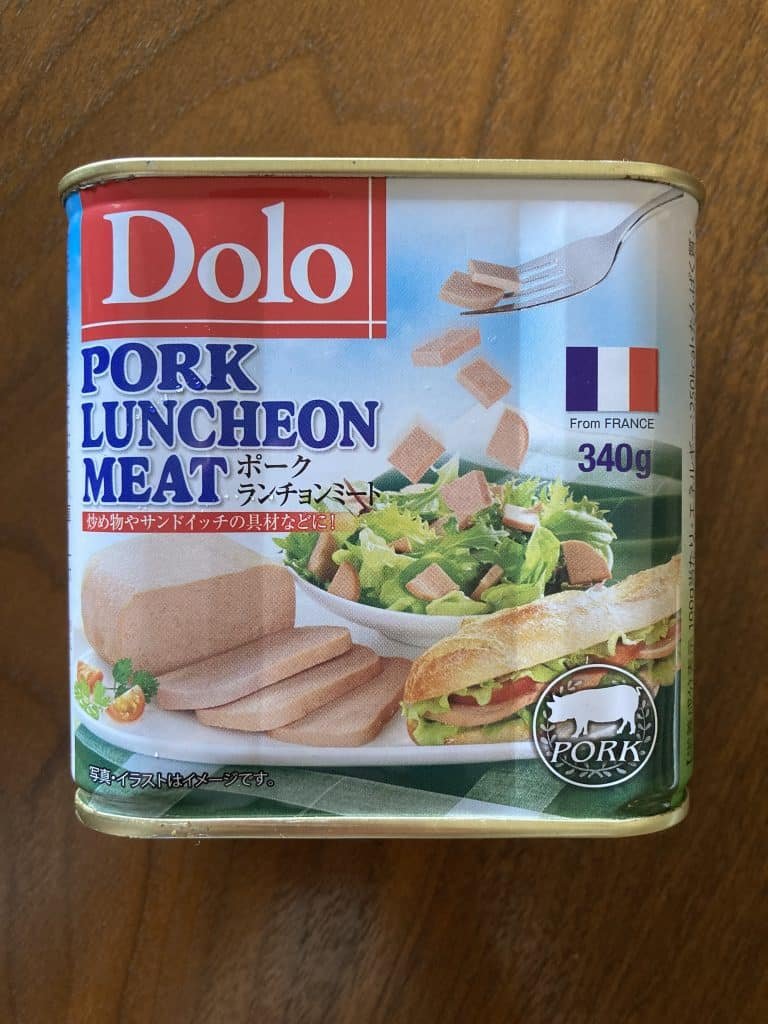
Where did Spam Musubi come from?
The mysterious Spam Musubi: is it Hawaiian? Okinawan? American? Korean? It’s a fusion Spam recipe!
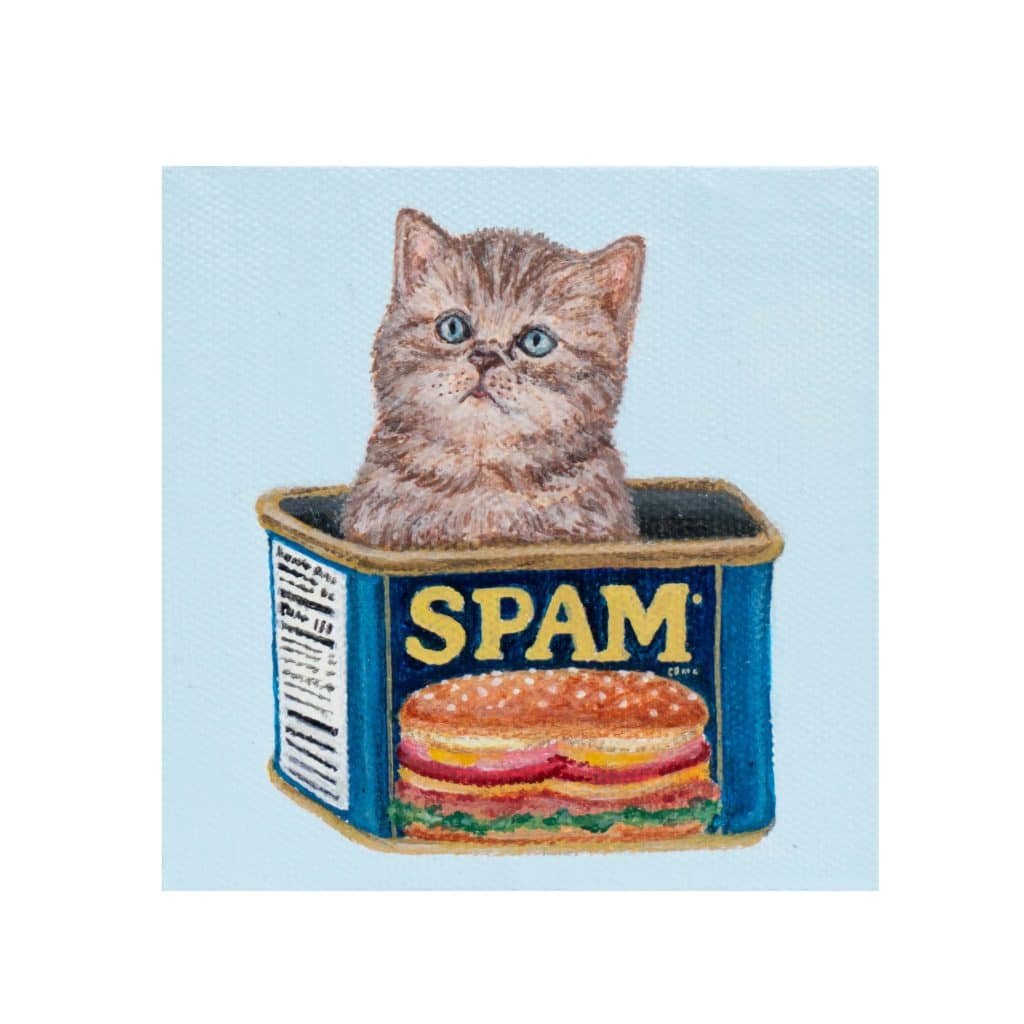
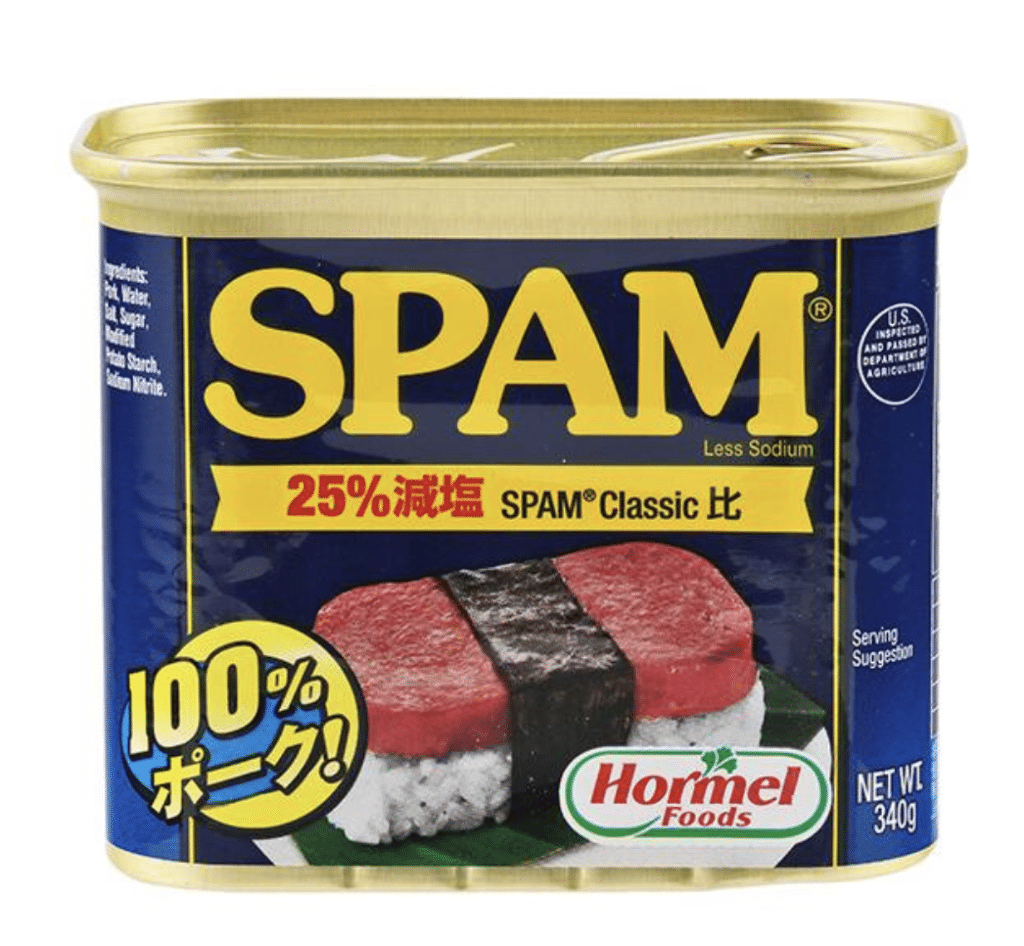
According to Time Magazines “Asian American Chefs are Embracing Spam” article Spam was born in 1937 in Minnesota, produced by Hormel and gained popularity during WWII eaten by American soldiers in places like Okinawa. As the destruction of war led to food shortages Spam was given to Japanese and others by the soldiers. Slowly Spam started getting used in Japanese food. Japanese-American Hawaiian born Barbara Funamura is said to have invented the original Spam on rice Spam Musubi recipe.
A similar narrative occured in other asian countries and now, as I mentioned fusion recipes, you can mix kimchi and other asian ingredients into the musubi! You can buy spam onigiri at any convenience store in Okinawa -but we’re waiting for it to come to Osaka! According to the article Spam is still considered to be a “poor man’s meal” in the West, but the popularity of asian fusion style cooking is helping Spam gain the reputation of a valuable player in top cuisine!
And as you can see in the images above, the American and Japanese Spam packages are different!
One last thing: Blue Seal Ice Cream

Washita Shop also has Blue Seal ice cream and ice cream bars which we fell in love with in Okinawa. I recommend the purple ube flavor purple. The dessert bars are difficult to find in Kansai, but Washita stocks them! There’s also an official Blue Seal store in Tsuruhashi but Washita’s convenient location near Umeda station makes it easy!
That’s it for this week’s edition of Nagisa’s Kitchen blog and Osaka adventures, see you next time! 🍝🦫
A Bonus
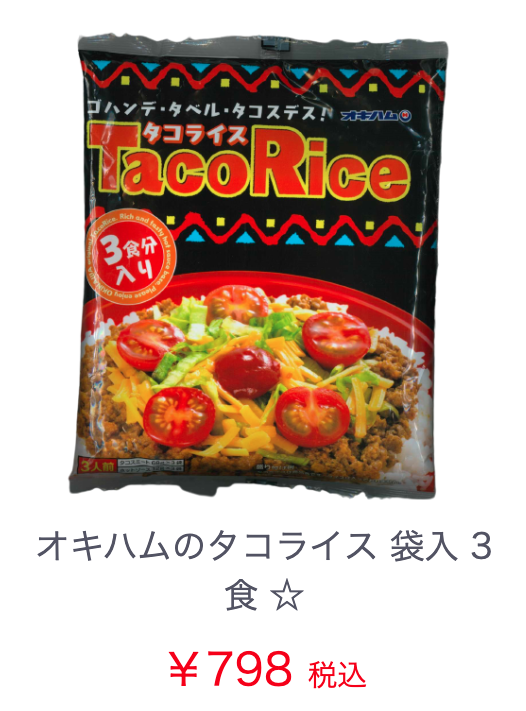
Let’s talk about some of my other favorite items at Washita Store. First is the Taco Rice mix. It comes in a pouch that you can boil to make instant Taco Rice – a classic offering in Okinawa! As you can see above, the recipe includes chopped tomato, lettuce, onion, cheese -but I also like to add cilantro (my personal touch.) Make sure to put it on top of freshly cooked white rice! If you don’t want rice you can make nachos too using the same ingredients. Instead of rice just put the above mixture atop tortilla chips and add some guacamole! I recommend not to use flavored chips because the taste is already salty! If you don’t like the sodium flavor you can lessen it by adding more meat or onions.
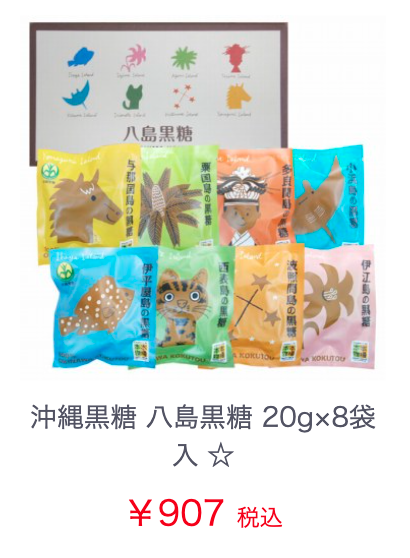
When we stayed at the cheap business hotel in Naha they gave out little packs of this Kokuto Okinawan sugar for free! We didn’t eat them until we got home and realized how amazingly good they were. We had to buy more! So we went to Washita shop and they had a whole set. 900 yen isn’t cheap and we wished we had gotten more when we had the chance! Each packet is from a different island in Okinawa and has a unique flavor.
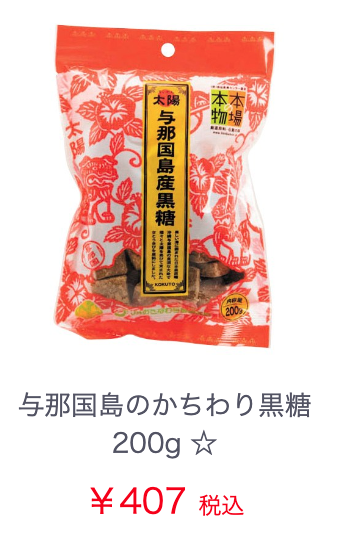
We bought this pack of kokuto which has sugar from Yonaguni, Okinawa. On the package it states that sugar harvested from the Yonaguni island is among some of the rarest that you can buy! Its special flavor profile is a little bitter but it has that classic kokuto “punch.” We like to eat it in Oatmeal instead of brown sugar! (Just make sure to add raisins too!)
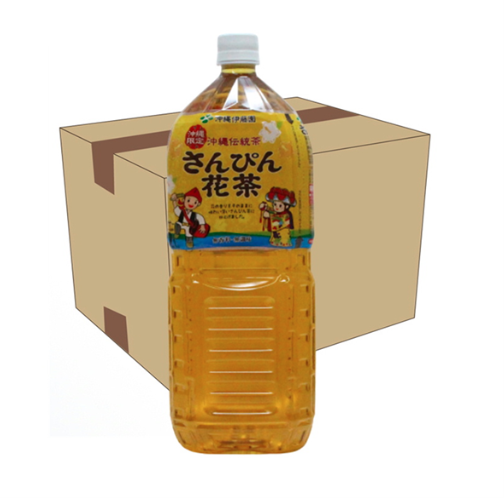
Another great tea we enjoyed in Okinawa is called “Sanpin-cha.” It is jasmine tea and it comes in bottles like this that can be refrigerated and enjoyed at your convenience!
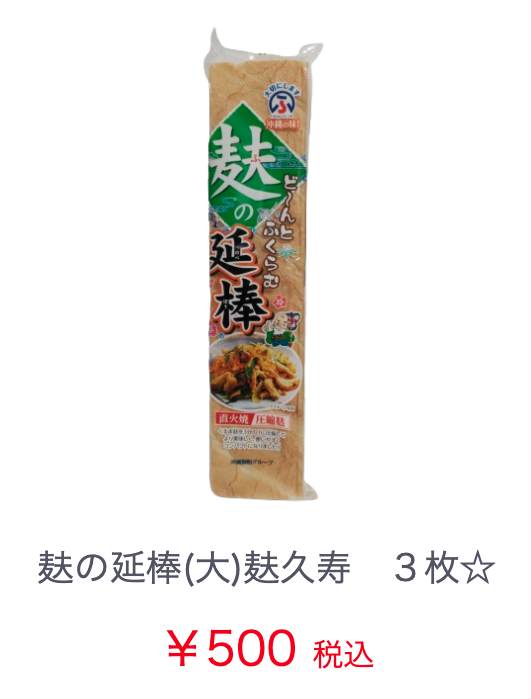
This is “fu” which is basically a big block of dried gluten. (Wave this around certain areas of LA and you’ll get burned at the stake!) I bought this at Washita store and used it to make Fu Chanpuru which is like Goya Chanpuru but made with fu instead. It uses cabbage, egg, chives, bean sprouts, carrots, and added sesame oil. To make it you take the dried fu and rehydrate it by dunking it in water, squeezing out the water, cutting it into slices and mixing it with egg. (It’s very high protein!) Then you fry the fu and when that’s done you fry the rest of the vegetables separately. You add them all together and add salt and pepper and sesame oil for flavor.
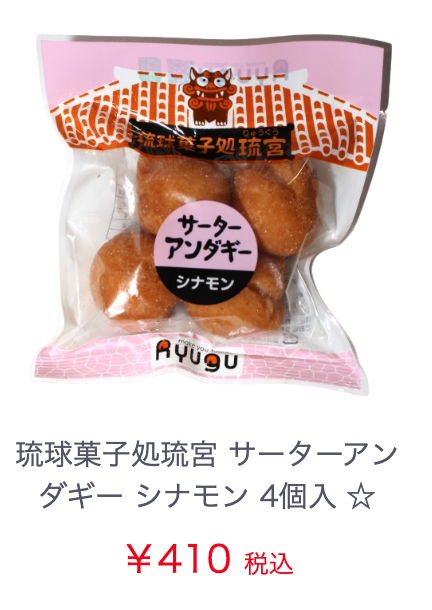
Sata adagi is one of my favorite desserts I ate in Okinawa! I didn’t try this one ↑ but I recommend you try sata adagi if you get a chance! I’ve always been a big fan of donuts and this Okinawa rendition of the sweet is one of my favorites. It comes in all different flavors like kokuto, chocolate, and kabocha!
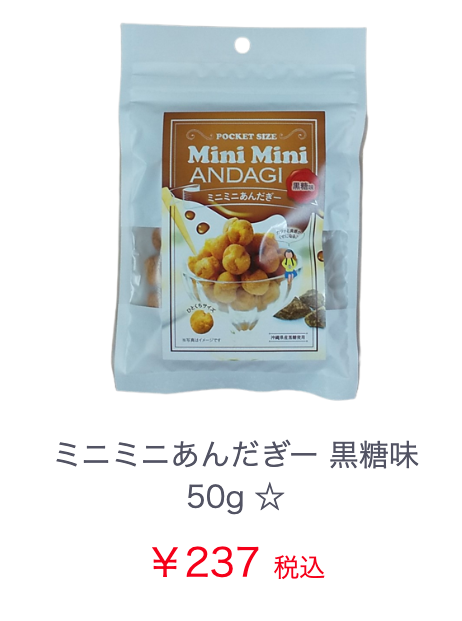
This ↑ is a small pack of mini Sata adagi. For those who just want to do a taste test, I recommend this one. The flavor is faithful to the original sata adagi but it’s just smaller. It’s crunchy and much different from a soft donut! It reminds me of the Old Fashioned donut from Mister Donuts! If you like that crisp type you should definitely try it!
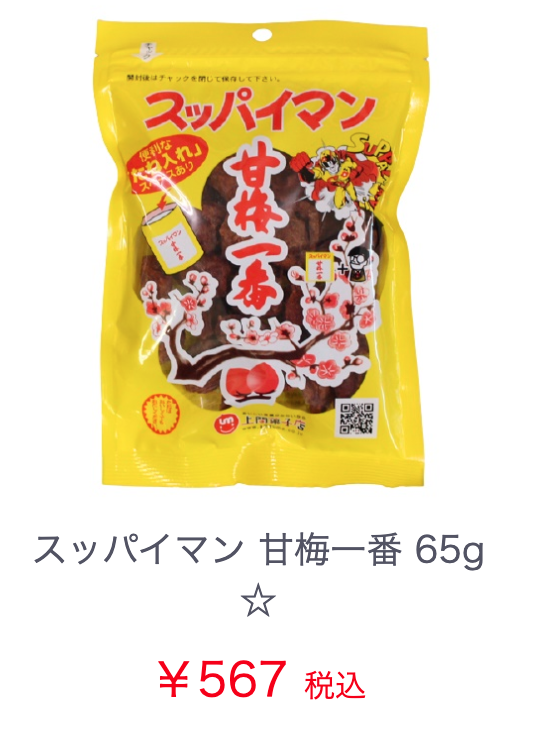
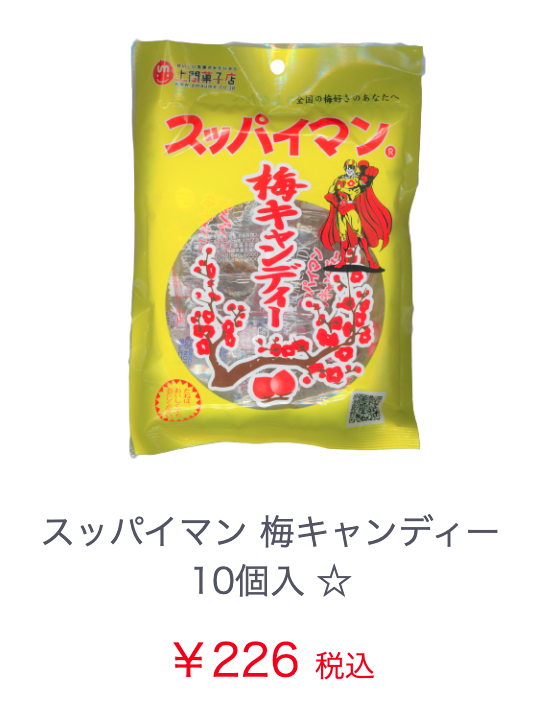
This is a dried plum candy. (Like the umeboshi you see in Japanese food in a candy version.) The more you chew it the sweetness of the ume comes out! It’s addictive! When I was in high school this was very popular, my friends and I used to eat it all the time. I could go through an entire pack at once. The one on the left has a little seed in it so make sure not to swallow the seed! The one on the right is just a regular hard candy (bekko-ame) with nothing inside.

Here is a picture from the Tenshimbashi Washita Store’s bread section. Everything is sold out! They get the bread on Saturday mornings. You can see they have Zebra Pan, Choco Melon, German Sweet, Super Black Melon, Peanuts Sandwich, Uzumaki Pan, and Kokuto Melon Pan (all made by Okiko Pan.) I’ve tried every type here except for Kokuto Melon Pan and German Sweet. My favorite is Super Black, Zebra Pan, and Uzumaki Pan. I like Zebra and Super Black because they’re so big! And I like Uzumaki Pan because of the cream with the crunchiness of kokuto. But you can’t buy Gushiken Pan here, only at Links. (Gushiken is made by a different company.) My favorite breads are all from Okiko.

Shima Tofu ↑ is a very firm tofu that is used widely in Okinawa. I use it in Goya Chanpuru. It has very little water so it’s easy to use in cooking, on the fry pan, etc. It’s a little expensive to buy here in Kansai but the flavor is unlike traditional tofu, it’s so thick and heavy it’s almost like you get 2 for the price of one (of a normal tofu.) Jimami Tofu (left) is a flavored soupy “tofu” that is actually made from peanuts! The flavored syrup you pour on top comes in two styles: sweet or salty. I prefer the sugary flavored version which includes kokuto.
Thanks again for checking out the bonus section. Catch you next time!







